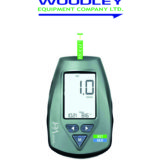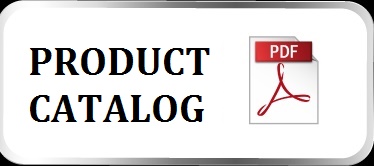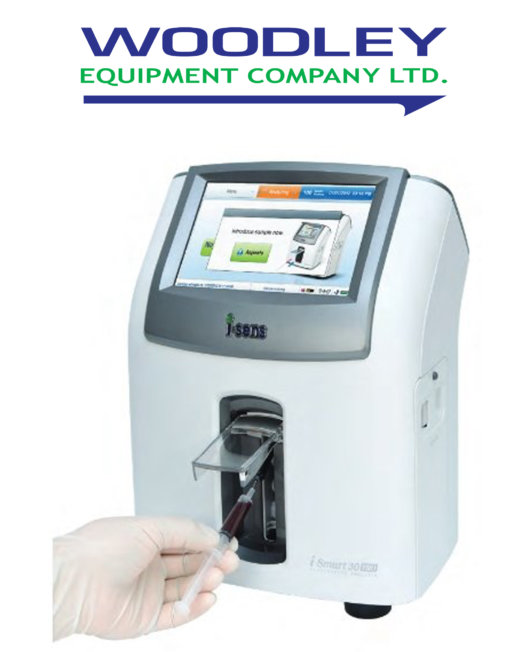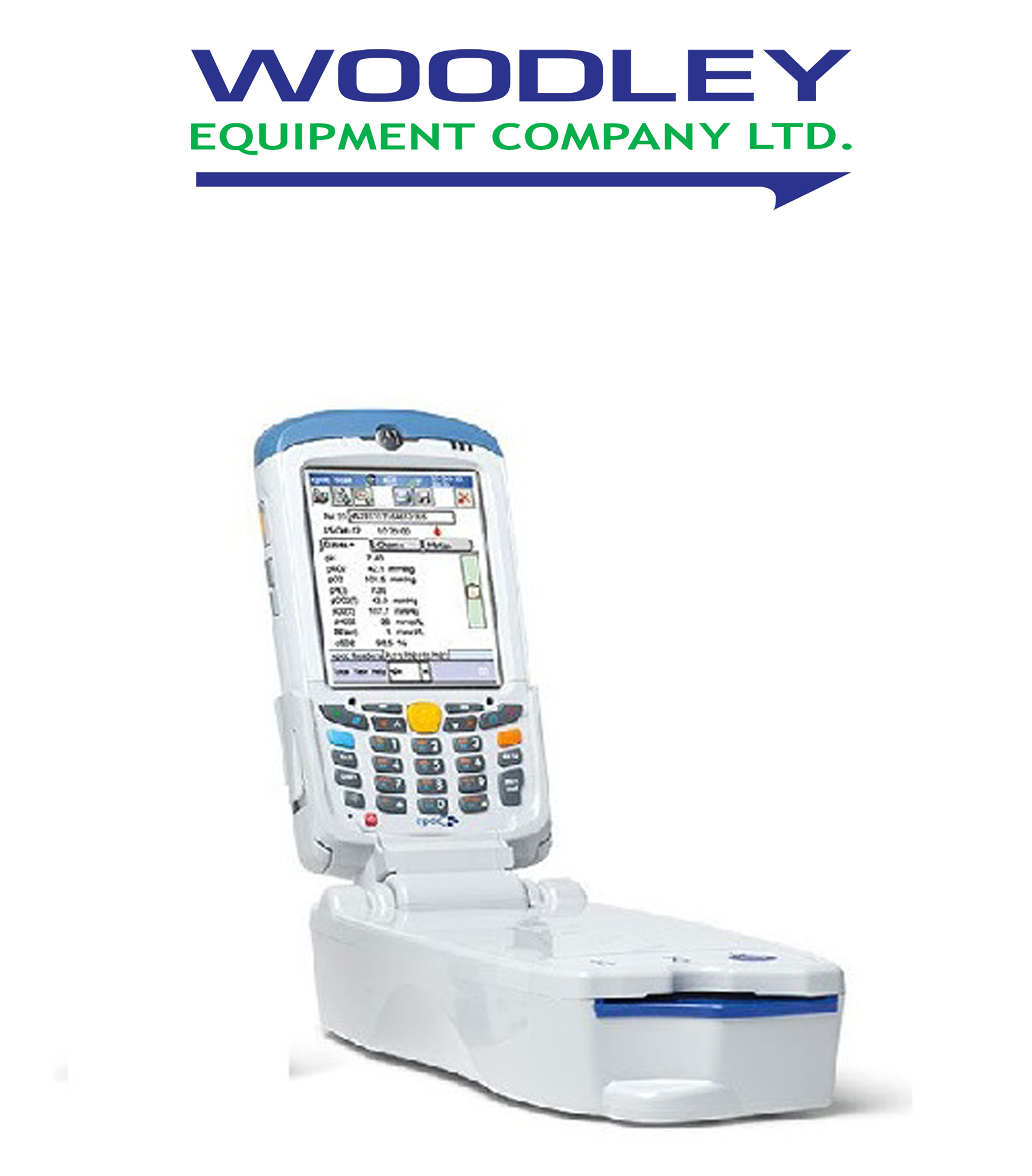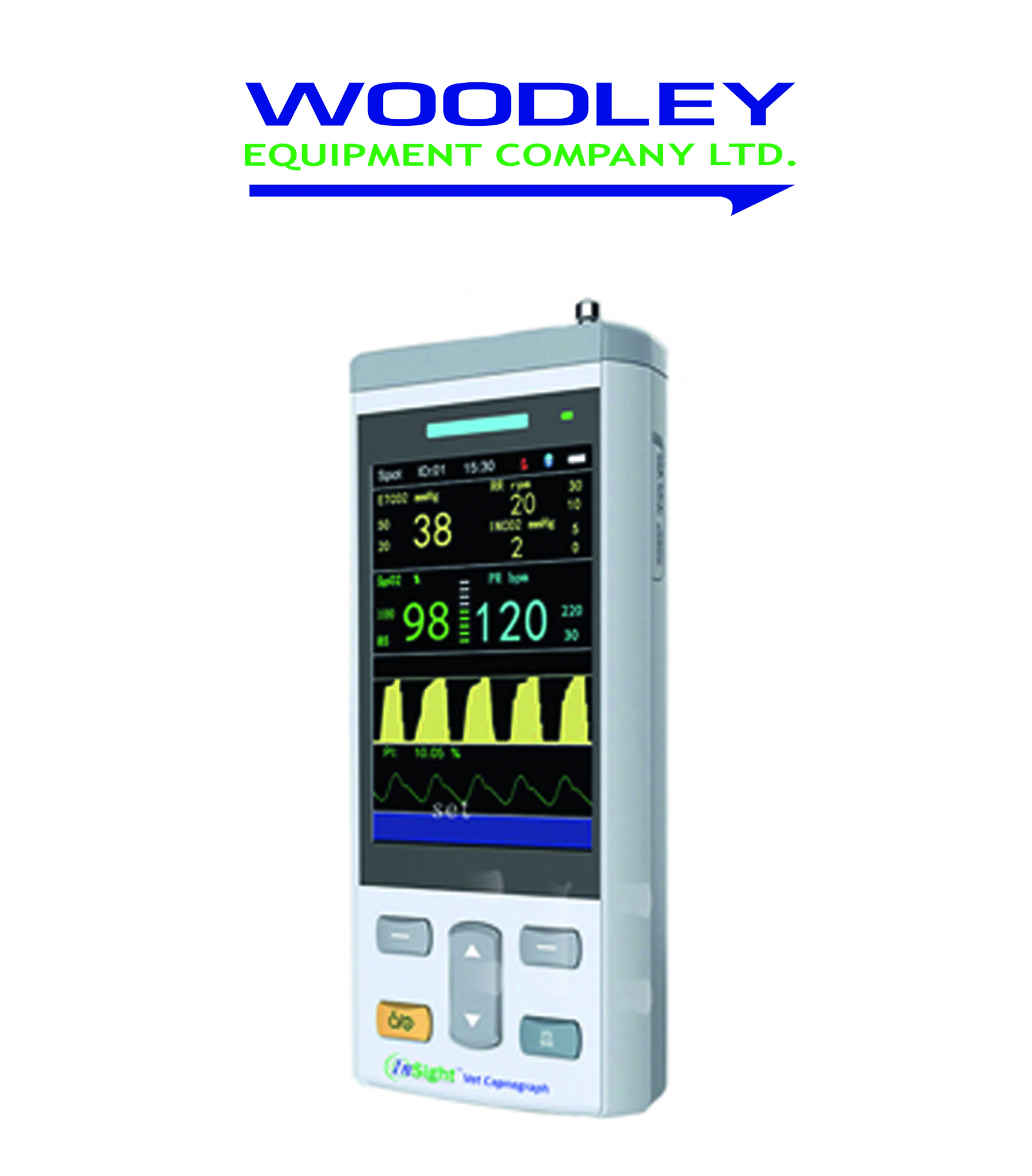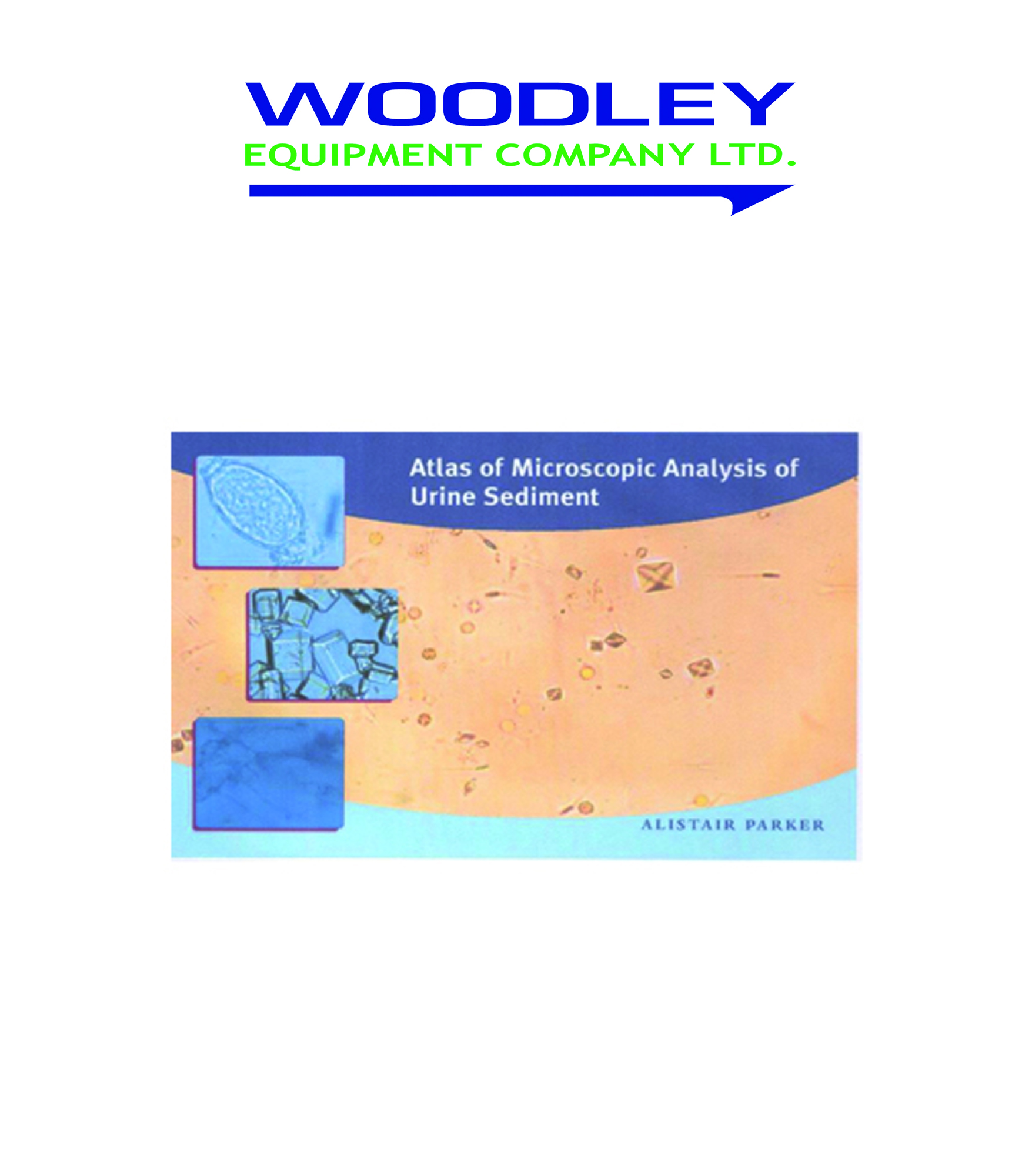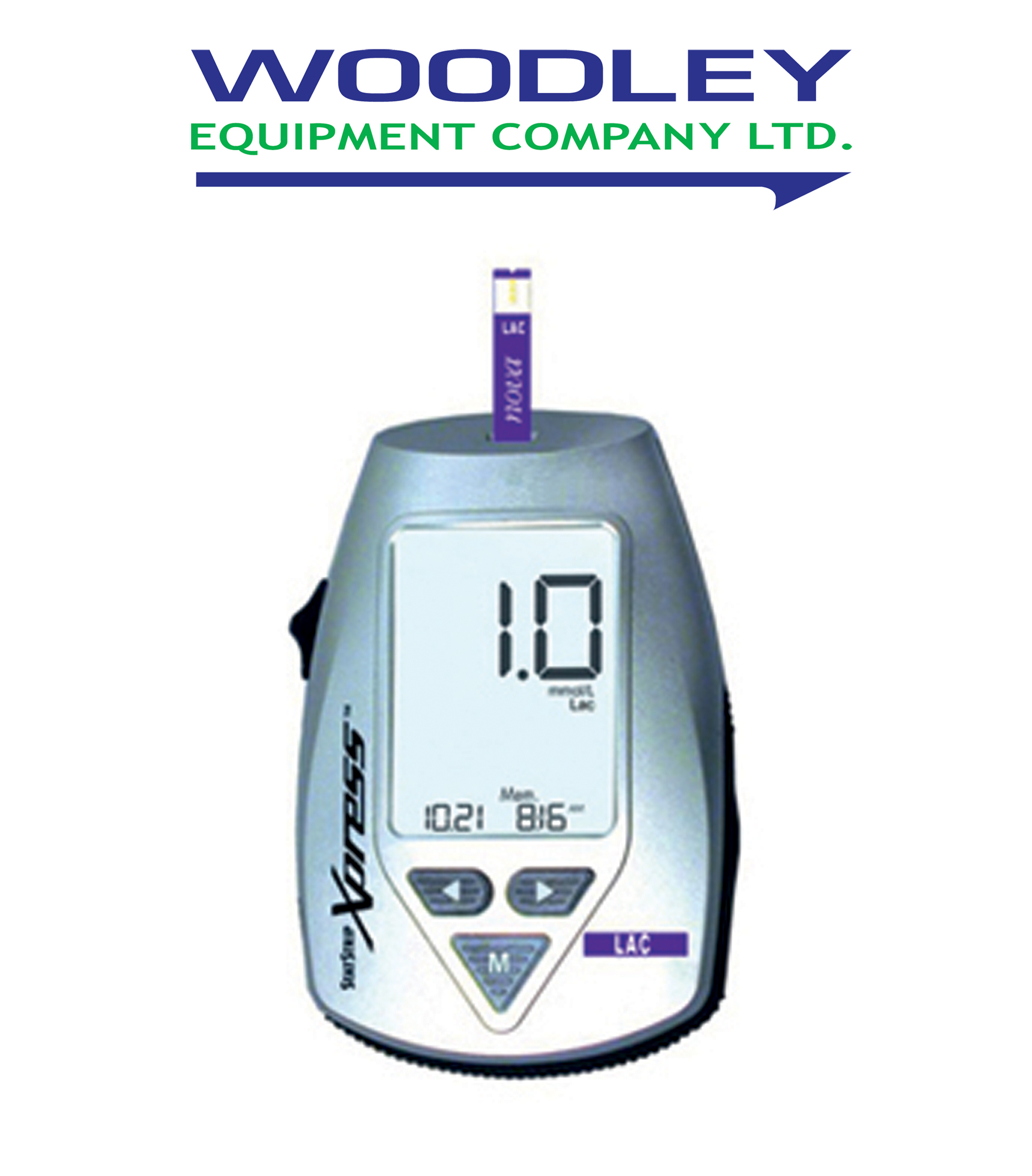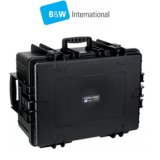NOVAVET BLOOD KETONE METER
NOVAVET BLOOD KETONE METER
Features
|
Blood BHBA is the gold standard for detecting subclinical ketosis in dairy cattle. A blood BHBA concentration of 1.2 – 1.4 mmol/L is an important threshold for detection of subclinical ketosis and for predicting health risk in early lactation cows.
- NovaVet’s BHBA biosensors provide accurate analysis in this subclinical range
- Blood BHBA offers better sensitivity and specificity for ketosis than urine or milk ketone testing
Accurate, Quantitative BHBA Results
NovaVet provides accuracy comparable to reference laboratory testing for BHBA. Quantitative BHBA results eliminate subjective interpretation of semi-quantitative colour charts used in milk or urine ketone testing.
Simple Test Procedure in the Field
- A very small drop of blood is obtained from the tail vein using a 20 or 22 gauge needle and vacuum tube
- A pre-calibrated biosensor is inserted into the meter. No calibration coding step is required for the meter or the biosensor
- A tiny drop of blood (0.8 microliters) is added to the end of the strip. BHBA results are ready in 10 seconds
Early Detection of Subclinical Ketosis Can Prevent Economic Loss
Subclinical ketosis is defined as abnormal concentrations of circulating ketones (primarily beta-hydroxybutyrate) in the absence of clinical signs of ketosis. Early detection of ketosis in its subclinical stage enables introduction of feeding strategies to prevent clinical ketosis, cow malaise and economic loss to the dairy producer.
Clinical Ketosis in Early Lactation Dairy Cattle - Economic Loss to Dairy Farmers
The transition of dairy cows through calving and commencement of lactation is a critical time and is a strong determinant of the health and performance of the cow through the full lactation period. All transition cows are at risk of clinical ketosis, characterised by partial anorexia, poor appetite and signs of nervous dysfunction including abnormal licking, poor coordination and abnormal gait and bellowing. Clinical ketosis causes economic loss to the dairy farmer due to:
- Decreased milk production, poor milk quality
- Mastitis, risk of displaced abonasum
- Metritis, impaired fertility
- Increased herd removals and treatment costs
Optimise Herd Management
NovaVet provides simple, accurate and economical detection of ketosis in a herd. Herd management is improved when compared to relying on the dairy producer’s subjective perception of clinical signs of ketosis, or less sensitive and specific milk urine ketone tests. Herd management benefits of NovaVet BHBA testing include:
- Early identification and monitoring of changes in transition cow performance
- Protection of herd milk production and quality
- Quantification of herd prevalence of ketosis
- Avoidance of treatment costs for clinical ketosis
- Monitoring and management of herd feeding program
- Protection of herd reproductive performance
- Reduction in herd culling rates
Test Individual At-Risk Cattle
NovaVet BHBA testing can be targeted for potential problem or high-risk cows. Individual testing of at risk cows can identify ketosis early in the disease process so that more severe clinical disease can be avoided with clinical intervention.
Ordering Information
| Product Code | Product Description |
| WD1620 | NovaVet Xpress Ketone Starter Kit* |
| WD1621 | NovaVet Xpress Ketone Meter (mmol/L) |
| WD1622 | NovaVet Ketone Test Strips (1 x 25) |
| WD1624 | NovaVet Ketone QC Level (4ml) |
*All Starter Kits include an Xpress Meter, Soft Case, 25 Strips and a QC


